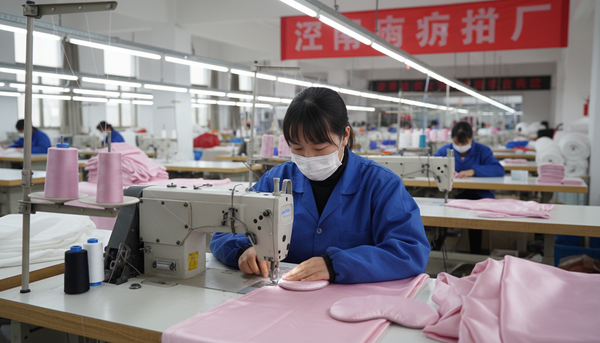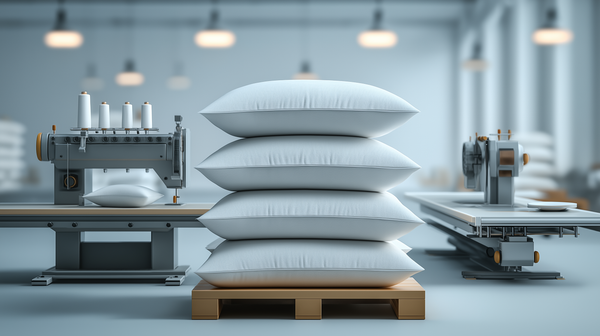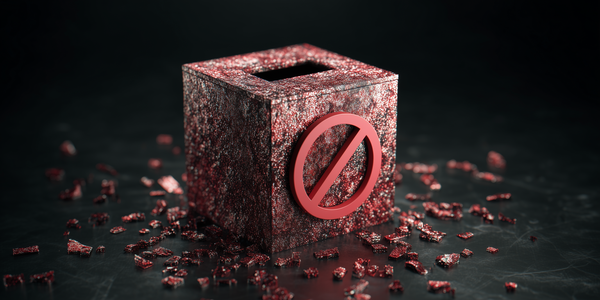Year 2 of My FBA Journey: Piecing the Puzzle Together

If Year 1 of my Amazon FBA journey was the euphoric leap off the diving board, then Year 2 was the long swim to figure out which direction the current was actually going. I’d call this chapter “Piecing It All Together” because that’s exactly what it was. Not building. Not scaling. Just trying to understand the bloody thing I’d jumped into.
You see, Jungle Scout gave me the foundation, the roadmap if you will, but it turns out building a physical product business is a little more nuanced than ticking off checklists on a Chrome extension. Year 2 was about getting my head around the actual mechanics of supply chains, understanding what import-export really means (beyond the romantic image of crates arriving on mysterious ships), and learning the baffling lingo that suppliers seem to invent just to confuse you.
And still, there was wonder.
The first two product launches had gone well. The fur remover and the shredded memory foam pillow weren’t just selling, they were validating something. I’d hit a real need. Especially with the pillow. People were raving about how soft the cover was. That caught my attention. When you listen closely enough, customer feedback isn’t just commentary, it’s a blueprint for what to do next.
The Big Audacious Goal
Somewhere early in the year, I made a decision. I was going to hit one million in revenue within three years.
Now, I know what the wise sages of finance say. Revenue is vanity, profit is sanity. But sometimes you need a big hairy goal to focus the mind. I didn’t have a detailed plan, but I had direction. That was enough.
At this stage, the strategy was pretty much: find more products. That’s it. I was experimenting wildly. I didn’t yet have a clear brand identity. I was playing with niches. Trying on different hats to see which one fit.
Martian Made... Everything?
In classic entrepreneurial fashion, I created multiple sub-brands under the parent Martian Made. There was Martian Fire for a cool rechargeable lighter. Martian Travel for packing cubes. Martian Dreams for home goods. I even flirted with Martian Magic for pet products.
Looking back, it’s quite possible I was building the IKEA of the stars.
But here’s the thing. At that time, the game didn’t require heavy innovation. You could still white-label a solid product, slap a logo on it, and as long as the numbers worked, you had a business.
The lighter was great. I swapped out single-use plastics from the packaging because there was noise in the media about it, and frankly, it just made sense. It felt like I was building a brand with values, not just another product on a shelf.
Then came the packing cubes. A decent idea, except for the small detail that I completely missed the travel season. They landed in September. Lovely time for rainy walks in the Peak District. Not so much for sunny escapes to the Algarve. That was my first lesson in seasonality.
The Underrated Truth: Capital Is King
Now, here’s the hard truth that hit me slowly, like a leaky pipe under floorboards. FBA is a capital-intensive business. I mean really capital intensive.
It wasn’t enough to find a product that worked. I quickly learned that each production run ties up your cash. And if a product sells well? Fantastic. You get to buy even more of it, often before the profits from the last batch have cleared. It’s a nice problem to have, but it’s still a problem.
Margins? Contribution margins? Production cycles? None of this was in my vocabulary yet. I just knew I had to keep throwing money in to keep things moving. I wasn’t extracting anything. I was just reinvesting. Always. Continuously. Endlessly.
Living the Brand, Wearing the T-shirt
Despite the chaos, one thing I’ve always done well is to live the brand. I become it. When I did Casino Man back in the day, I was the character. And now, I was Martian Made.
I wore the t-shirts. I used the products. I spoke the language. It might sound silly, but it grounds you in the mission. It gives you an instinctive understanding of the audience because in many ways, you become the customer you’re serving.
Advice for Year Two: Don’t Quit Too Soon
If you’re entering your second year of FBA right now, here’s my advice.
Don’t give up too quickly. You’re probably tired. Your early wins might feel like luck. Or worse, maybe you haven’t had a win yet at all.
Keep going.
Because Year 2 is when the real learning starts. This is when you get punched in the face by things like cash flow, margin erosion, freight delays, and asinine VAT rules. But it’s also when you start to see the patterns. When your spreadsheet obsession starts to make sense. When systems kick in.
And here’s the big one. Be bold with your brand.
Don’t just be another seller. Create something with story, with point of view, with actual personality. Generic doesn’t win anymore. Not in 2025. Interesting brands win. Brands that people talk about. Brands that mean something.
So set your big goals. Learn the game. Take the hits. And whatever you do
Don’t be boring.



